Optimal Timing for Foundation Repairs
Foundation repairs are most effectively performed under specific conditions that minimize risks and ensure quality work. The optimal time depends on weather, soil conditions, and the type of repair needed. Understanding these factors can help determine the best window for scheduling repairs.
Spring and fall often provide ideal conditions due to moderate temperatures and stable soil moisture levels, which facilitate proper excavation and repair work.
Dry weather reduces the risk of delays caused by rain or snow, making late summer or early fall suitable for foundation repairs.
Soil stability is crucial; repairs should be scheduled when soil is neither too wet nor too dry to prevent shifting or further damage.
Certain repairs, like piering or underpinning, are best done when ground conditions are stable, typically in dry months.
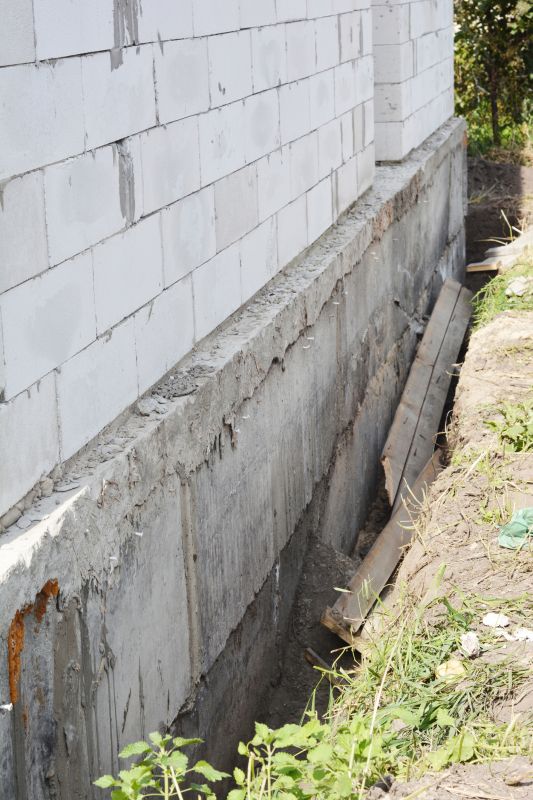
Spring offers moderate temperatures and manageable soil moisture for effective repairs.

Dry summer months can reduce delays caused by weather, ideal for foundation work.
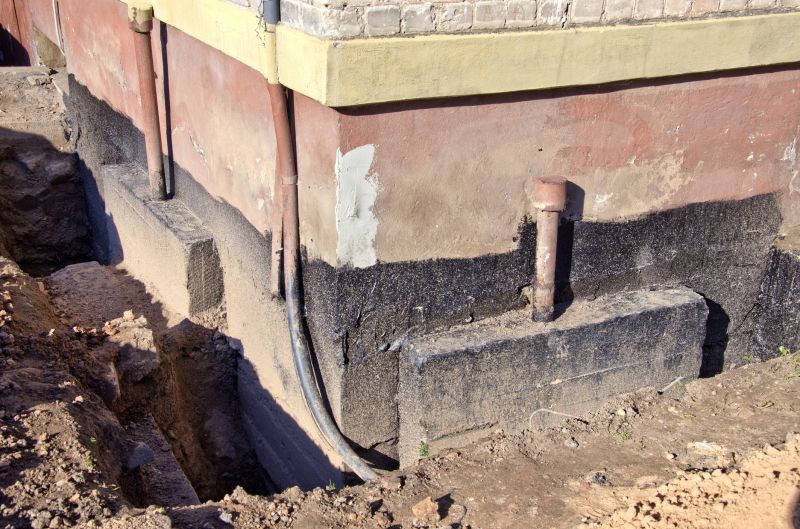
Fall provides cooler temperatures and stable soil conditions for repairs.

Ways to make Foundation Repairs work in tight or awkward layouts.
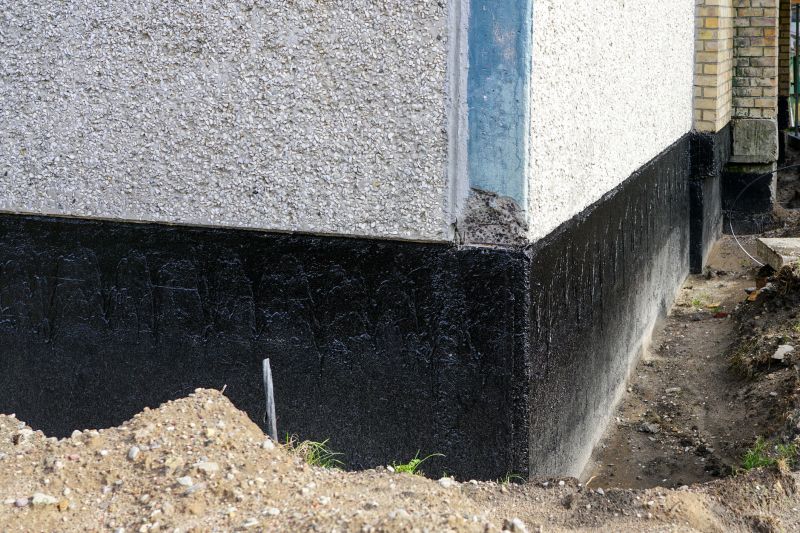
Popular materials for Foundation Repairs and why they hold up over time.
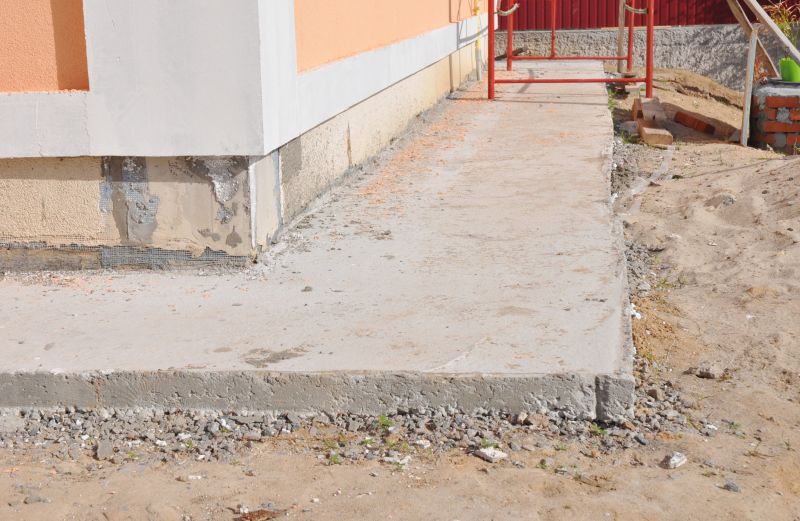
Simple add-ons that improve Foundation Repairs without blowing the budget.
| Season | Ideal Conditions |
|---|---|
| Spring | Moderate temperatures, moist soil, manageable weather |
| Summer | Dry weather, stable ground, less rain delays |
| Fall | Cooler temperatures, stable soil, good for excavation |
| Winter | Typically not recommended due to freezing ground and weather delays |
Foundation repairs are critical for maintaining the structural integrity of a building. Addressing issues promptly can prevent further damage, reduce long-term costs, and ensure safety. The timing of repairs can significantly influence the success and efficiency of the process. Proper planning around weather and soil conditions helps achieve the best outcomes, minimizing delays and complications.
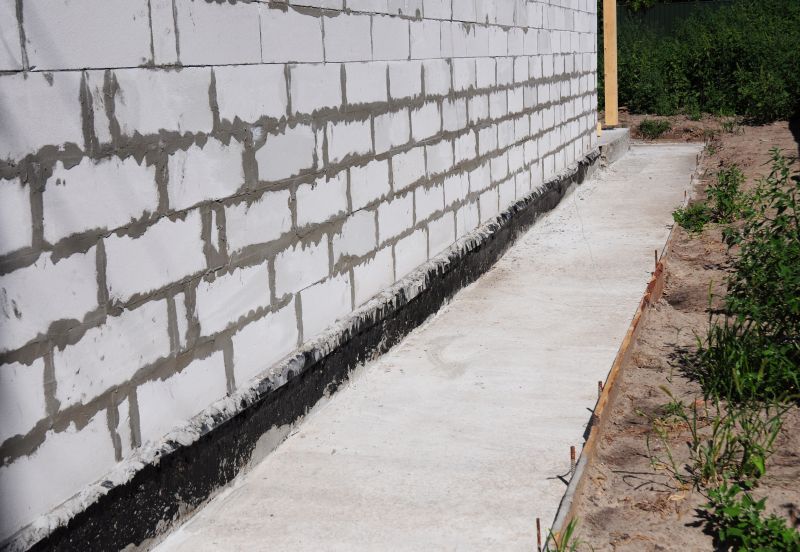
Proper timing ensures effective stabilization and long-lasting results.
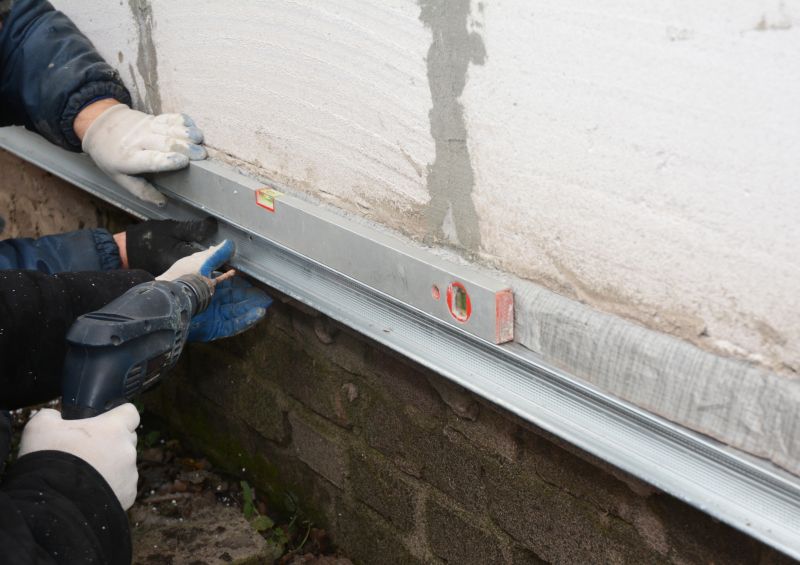
Timing repairs during favorable soil conditions enhances effectiveness.
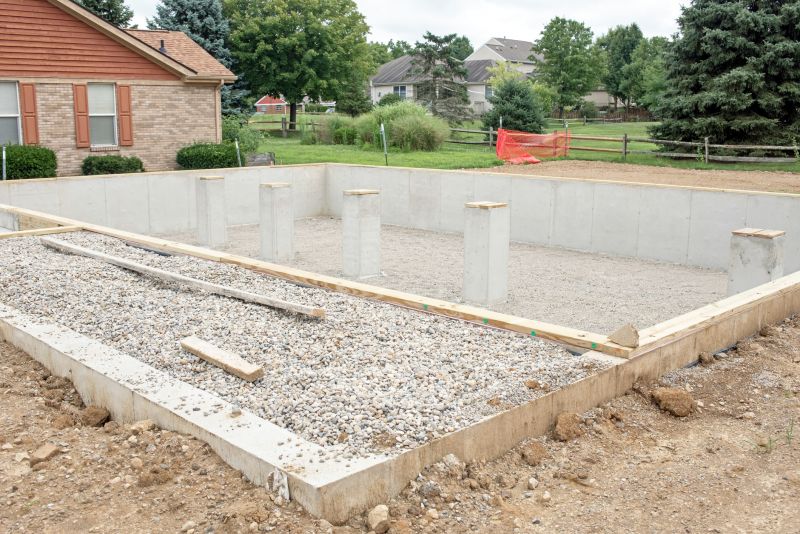
Optimal in dry, stable conditions to prevent shifting.
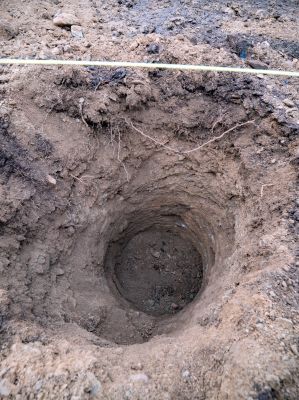
Best performed when ground is not saturated or frozen.
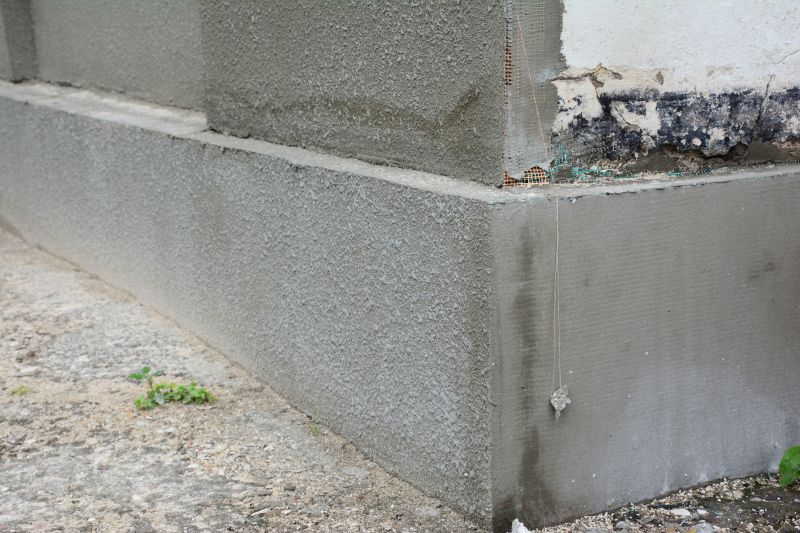
High-end options that actually feel worth it for Foundation Repairs.
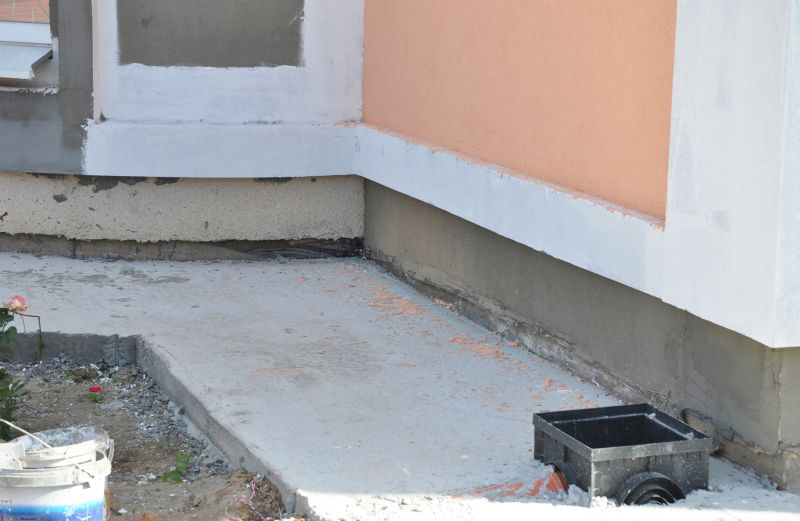
Finishes and colors that play nicely with Foundation Repairs.
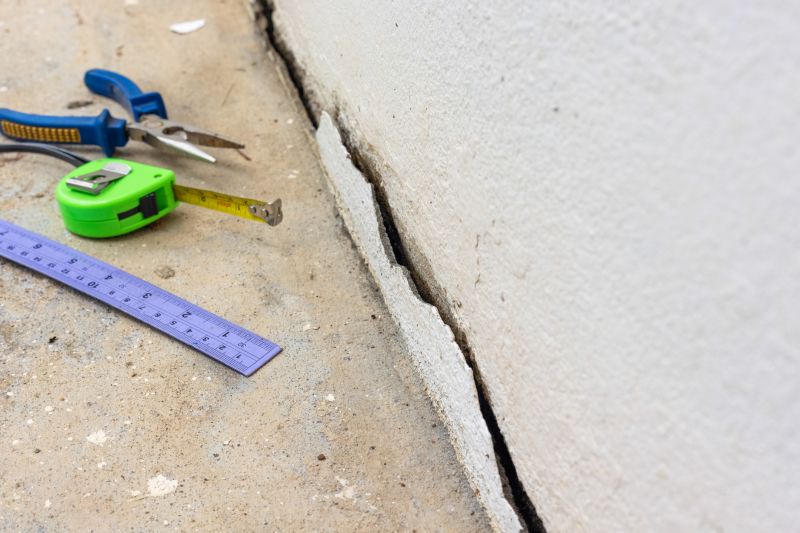
Little measurements that prevent headaches on Foundation Repairs day.
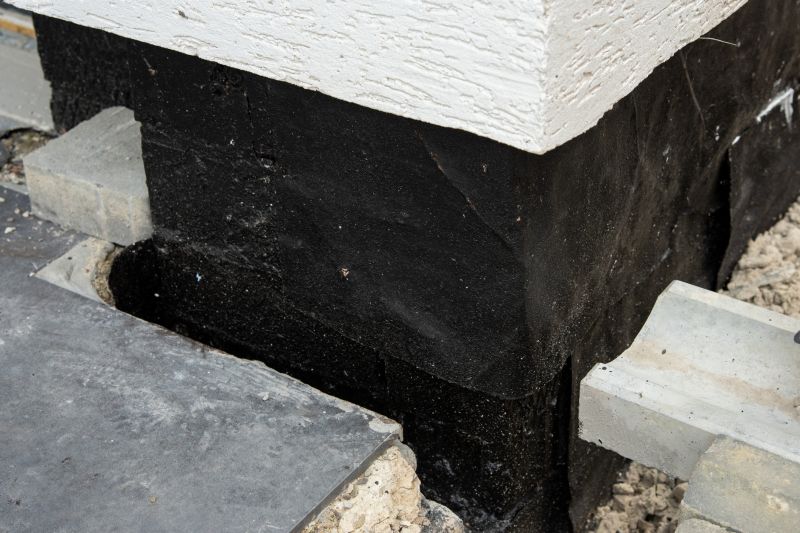
A 60-second routine that keeps Foundation Repairs looking new.
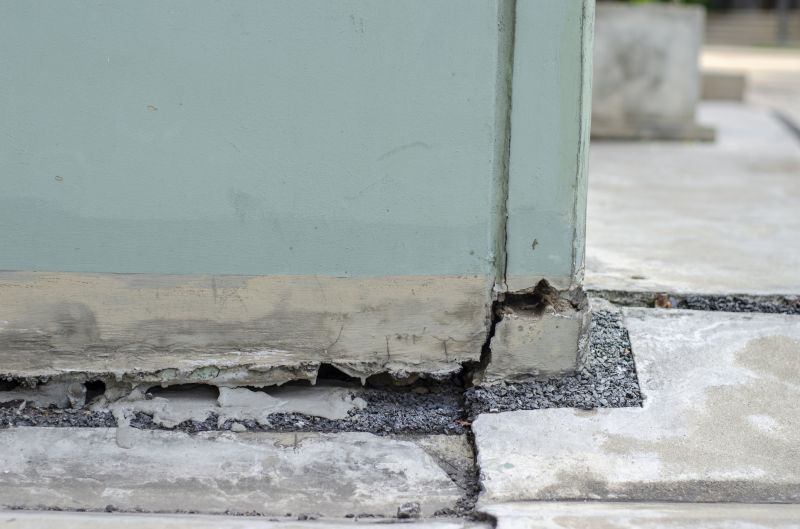
A frequent mistake in Foundation Repairs and how to dodge it.
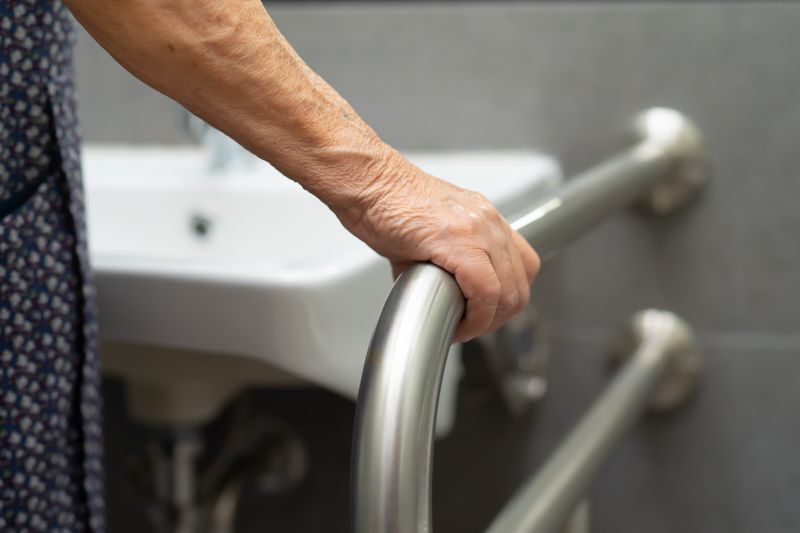
Small tweaks to make Foundation Repairs safer and easier to use.
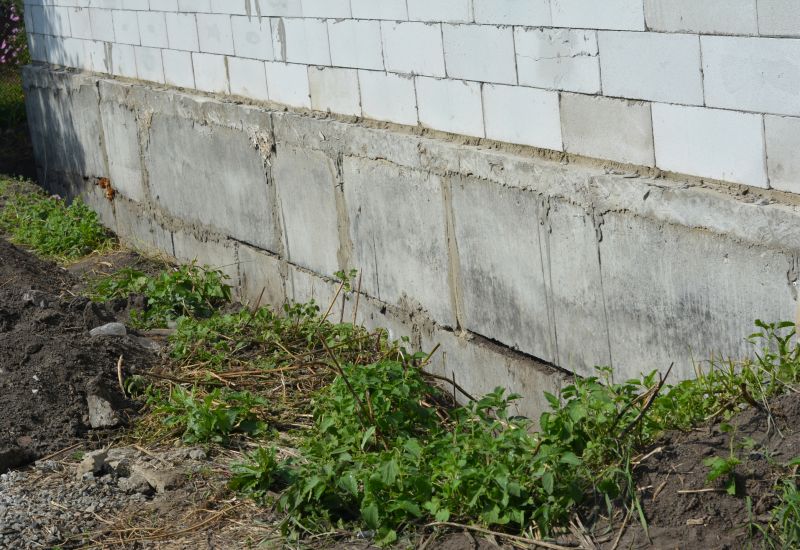
Lower-waste or water-saving choices for Foundation Repairs.
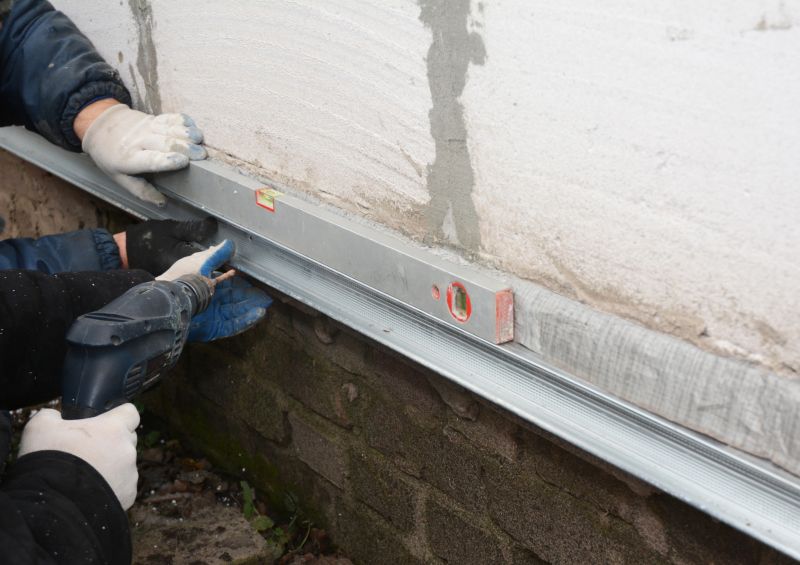
The short, realistic tool list for quality Foundation Repairs.
Choosing the right time for foundation repairs can lead to more efficient work and better results. Consulting with foundation specialists can help determine the most suitable window based on local weather patterns and soil conditions. Proper timing reduces the risk of complications, ensuring the longevity and stability of the repaired foundation.
Interested in foundation repairs? Fill out the contact form to get started.

